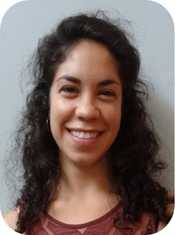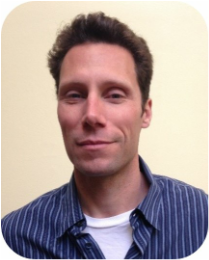
Name: Lulu Gonzalez
Position: All In! Program Assistant

An interest in public health and non-profit work.
Favorite Quote: "Be careless in your dress if you must, but keep a tidy soul" - Mark Twain
What does your average day look like?
An average day involves supporting our AIS's and other providers with IEP compliance issues, visiting our partnership schools to spend time with our school staff, and loads and loads of typing on my computer.
Why do you do this work?
For the kids that we work with and the families they go home to. It's important work that will leave a tangible impact on education.
What hope do you have for the future of All-In?
An increase in the amount of schools we partner with!












 RSS Feed
RSS Feed